
Data manipulation at a scale that involves data branching and merging is one that has become necessary with the growth of big data and collaboration between developers and other internet-savvy professionals across the globe. Regardless of whether or not a product is open-source, it is incredibly beneficial to have multiple professionals work on a product in real-time as it helps rapid development through iterative improvement on the product.
To facilitate data branching and merging, versioning tools are needed to keep track of data modification while protecting the integrity of the data being modified. In this article, you’ll learn about 5 tools for data branching and merging, as well as notable features that your team should consider before deciding on a data versioning tool.
Table of Contents
5 Tools for Data Branching and Merging
1. LakeFS
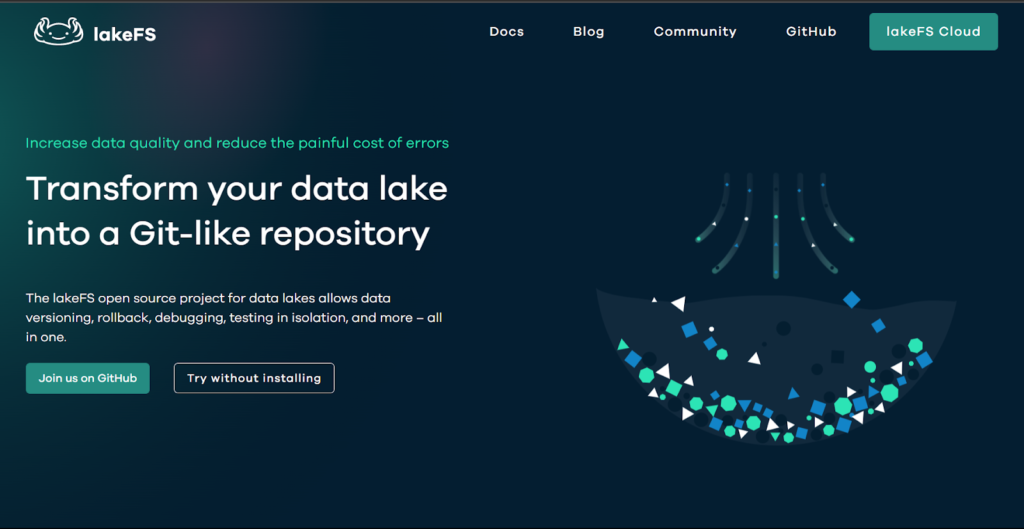
LakeFS is an open-source data branching and merging tool that makes data manipulation easier for companies of all sizes and categories. With over 2,300 GitHub stars and over 1.5 million API calls daily, LakeFS has proven to be a dependable tool that is capable of meeting the demands of any organization. Their frequent iterative development guarantees that their offering will be able to keep up with evolving demands of organizations now and in the future.
LakeFS allows data branching and merging using Git-like methods. LakeFS provides a sandbox (that doesn’t require installation) to try out its features before deciding to fully onboard. It also integrates well with enterprise solutions such as AWS Athena, AWS S3, Azure Blob Storage, Google Cloud Storage, Hive, Presto, Spark, etc.
2. Dolt
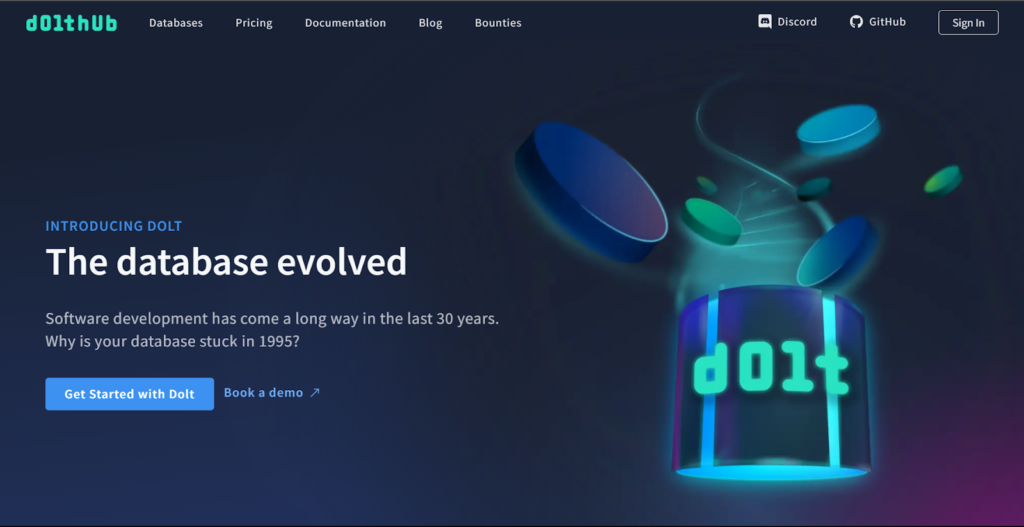
Dolt is an open-source tool that seamlessly combines the best of the worlds of Git and SQL, enabling version control, data merging and branching, continuous development, debugging, machine learning, data ingestion, sharing, and configuration management. Dolt’s SQL-like interface makes onboarding database administrators easier. Dolt’s rollback feature is one that is particularly useful in a pinch, especially in the area of managing databases as database queries are traditionally known to be irreversible.
If you’ve ever mistakenly dropped a database table, the value proposition of Dolt will appear quite substantial. Dolt’s share feature allows multiple collaborators to modify databases while providing a reliable way to manage the history of changes to a database using an ergonomic dashboard.
3. AWS CodeCommit
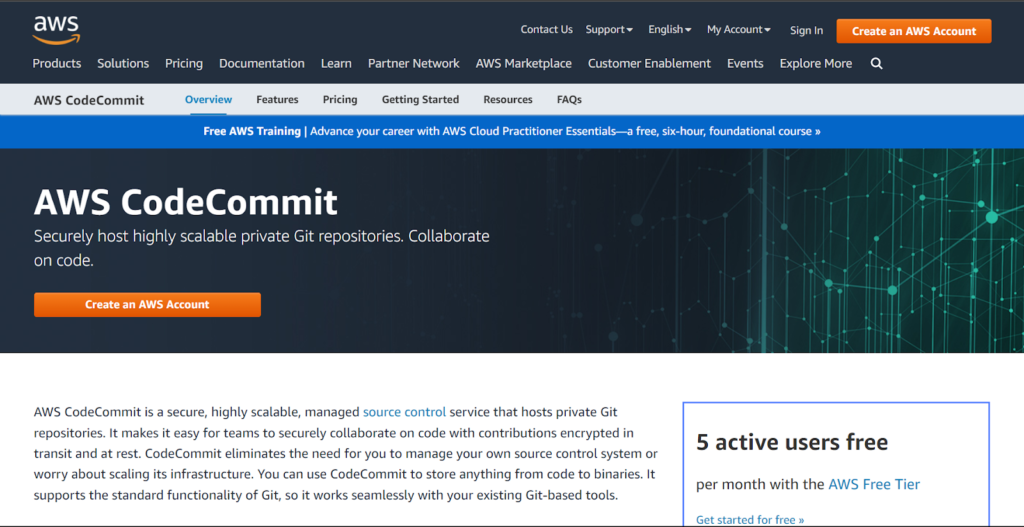
AWS CodeCommit is one of the products of the AWS ecosystem that makes managing enterprise data and collaboration much more feasible. AWS supports Git, provides a high level of security, and facilitates branching and merging of multiple collaborators using code while implementing and enforcing user roles and permissions across branches to preserve the quality of data while embodying the structure of your company.
Because of AWS CodeCommit’s ties to AWS, it also provides quicker development time by letting you have your repository as close to your development and/or deployment environment as possible. AWS CodeCommit leverages the AWS factor by letting you back up, host, maintain, and scale (on a need-only basis) your organization’s source control servers. Ultimate AWS CodeCommit provides security, stability, and scalability.
4. Sqitch
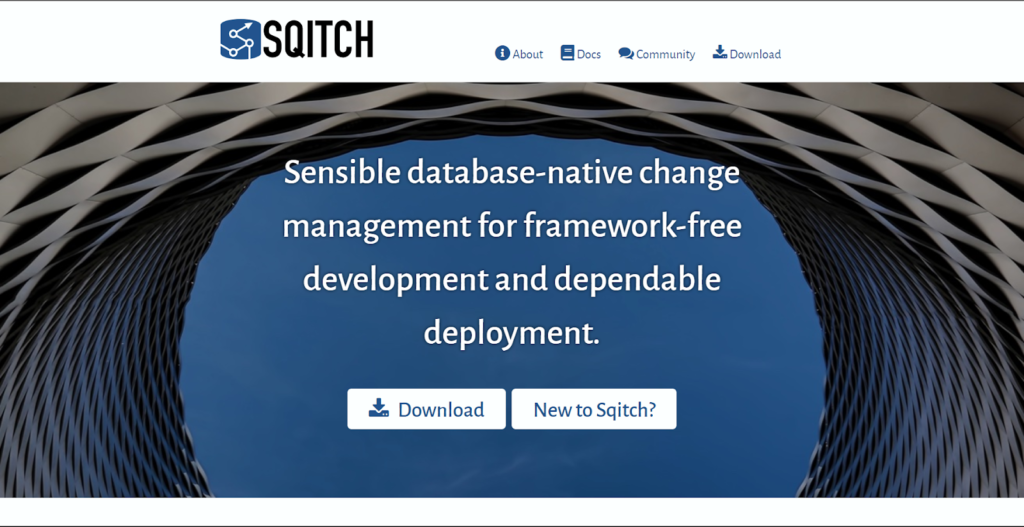
Sqitch is a standalone database versioning management solution that provides a more user-defined experience to teams that don’t want a package deal when it comes to database data merging and branching.
Sqitch utilizes a Merkel Tree style that is similar to Git and Bitcoin due to the binary hash tree algorithm that works under the hood. Sqitch doesn’t have any specific requirements in relation to your software solution framework, database engine, development environment, and/or deployment environment.
Sqitch uses database-specific scripting to manage and effect changes to your data. Sqinch’s dependency resolution that makes database changes more observable across the board, and its reliable tracking of changes makes iterative development possible.
5. Plastic SCM
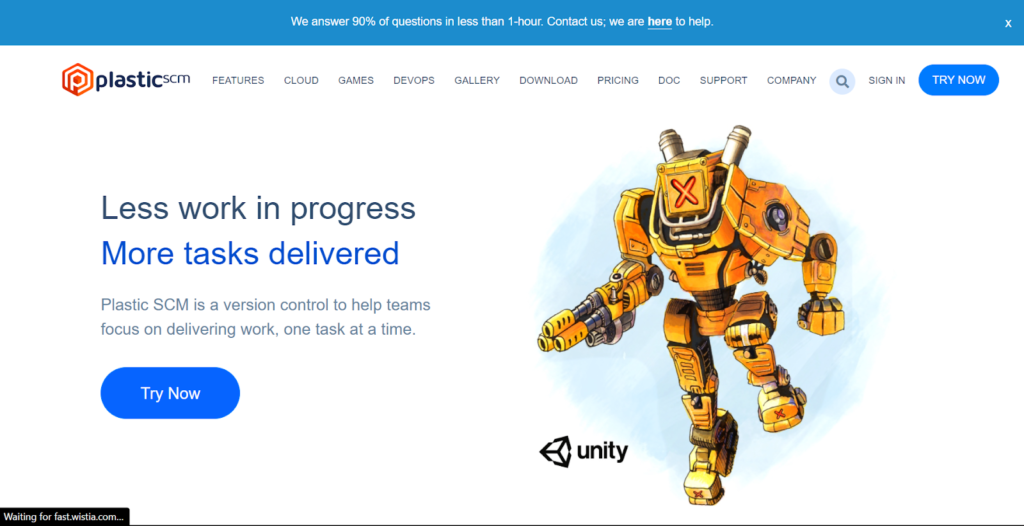
Plastic SCM is a data branching and merging tool that does the heavy-lifting, ensuring data versioning is manageable regardless of the size of your application. Plastic SCM features several utilities like support for offline repository cloning, which makes collaboration much easier.
Plastic SCM provides a rich GUI for observing branching and merging activities in real-time as well as version control and code review based on commits. There’s a clearly defined sense of ownership that is enforced due to the annotation that attributes each change to its respective contributor. It also provides a 3-way merge with refactor detection as well as image preview and comparison features across formats.
Conclusion
Deciding on tools that can aid data branching and merging at scale can be quite time-consuming and confusing. It’s important to approach selection with healthy skepticism while keeping an open mind to what each tool has to offer with respect to the peculiar needs of your company, the quality of your development team, the size of your team, your budget, your tech stack, and your future technological plans.
In this article, you learned about 5 amazing tools you can use for data branching and merging as well as some of the noteworthy features that make each tool stand out while providing the absolute necessities for data branching and merging.
